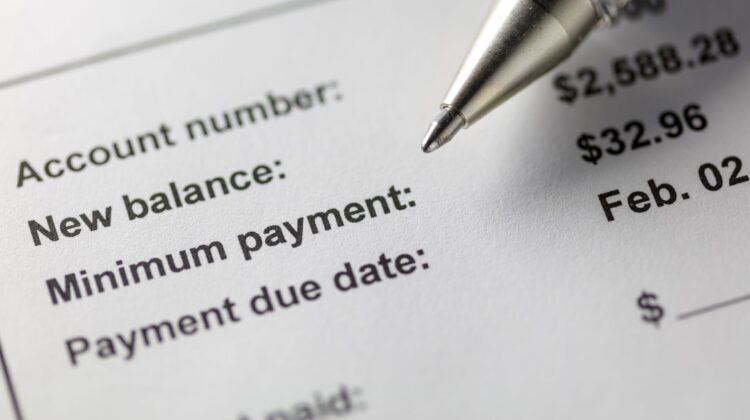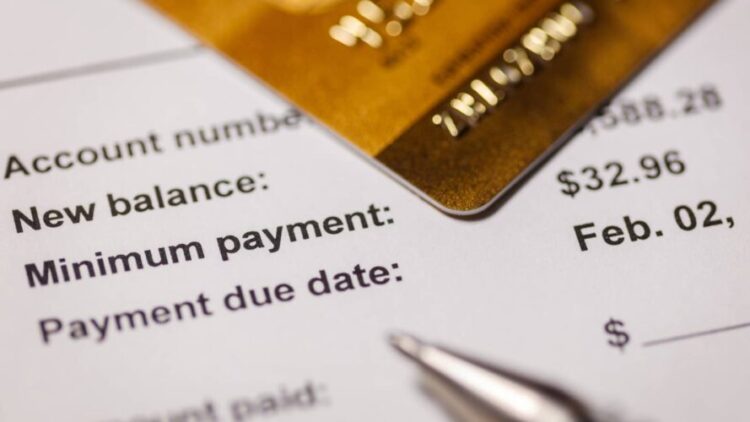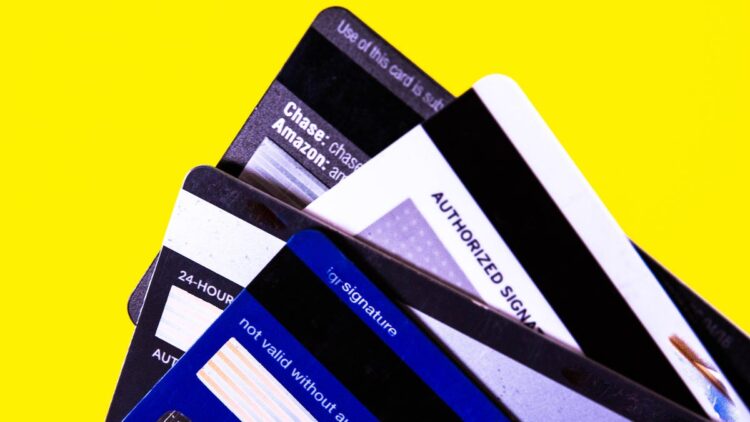The minimum payment is one of the most important numbers on your line of credit bill. It can also be one of the most mystifying parts of using a line of credit.
After all, it represents the least amount of money you must pay to avoid late fines, so paying it may seem like a major savings hack. But any legitimate lender will recommend you cover more than you minimum any time you can.
Does this advice sound confusing? You wouldn’t be alone. That’s why this guide is here to clarify what the minimum is, and why legitimate online loan lenders say you should aim to pay well beyond it.
Page Contents
What is a Minimum Payment?

Source: clearoneadvantage.com
A minimum payment is a portion of your balance that you must pay to avoid late fines and credit damage. Your lender expects you to pay this at the very least each month, although they will encourage you to pay your full balance whenever possible.
While a minimum is a common feature of revolving credit accounts (that includes most credit cards and lines of credit), the minimum you pay on each account may be different. Your minimum is determined by your lender’s policies.
Some lenders require a flat fee, which may range between $10 and $30. If you cover this payment, you will avoid going into delinquency. Others calculate your minimum as a fraction of your balance according to your usage. You may have to pay one to five percent of your outstanding balance. In some cases, your lender may swing between these two options, choosing whichever one is worth more.
Your lender may choose to combine both a flat fee and percentage. To see this version in action, you can visit a website like Fora and look at the breakdown of a line of credit payment. Under the minimum payment example, you can see this form of minimum includes a payment towards your principal plus the interest you accrue on your balance.
Why Do You Need to Know How Your Lender Calculates the Minimum?

Source: cnbc.com
Let’s face it — you will find your minimum outlined on your billing statement. It, along with your balance and account activity, will be packaged for you on this bill. So why do you need to know how your lender calculates this number?
Knowing the nitty-gritty details of any loan is a good idea, as it helps you understand the true cost of borrowing. You won’t be surprised by your bill once you open it.
You can leverage this knowledge to help you budget because a line of credit can be more challenging to anticipate compared to a personal loan.
With a personal installment loan, you are responsible for making multiple fixed payments that are due on a predetermined schedule. These payments rarely change, so you can easily anticipate what you need to pay over the lifetime of your loan.
With a line of credit, what you owe is determined by your usage, not your limit. This means you may not know how much your minimum will be from one month to the next. In emergencies when you can’t cover your entire bill, you can calculate your minimum to help you budget for your minimum before your bill arrives.
Why Should You Pay More Than the Minimum?

Source: cnet.com
So far, the minimum still sounds like a great deal. You get to pay less than your balance with no consequences. Unfortunately, there is a significant cost to this option: interest.
Interest and finance charges apply to any balance you maintain. Depending on how your minimum is calculated, this can have a big impact on what you owe.
For lenders that include an interest payment, you will cover this accrual. Since only a portion of your payment will go towards the principal, you won’t see your balance go down by the amount of your full minimum. This can be surprising if you don’t realize how this payment works.
Your balance may even go up if your lender only charges a flat fee or percentage. That’s because interest and finance charges still apply to your outstanding balance. If your flat fee is too small, you’ll accrue more than you pay. These fees roll over into the next month, increasing your balance even if you don’t charge another purchase on your line of credit.
Maintaining a balance is a bad idea for two reasons:
- It ties up your limit. Your outstanding balance represents a part of your limit you can’t use until you pay it off. That means you have less of your limit available in emergencies.
- It may affect your credit utilization ratio. Your utilization ratio shows how much of your limit you use as a percentage and is one of the five factors of your credit score. If your lender reports your account activity to one of the major bureaus, an outstanding balance will increase your ratio. Generally speaking, a high ratio may add negative entries to your credit report, which may lower your score.
Bottom Line: Should You Never Rely on the Minimum?
This payment option is there for a reason, and it’s not just there to trip you up with extra fees and credit damage. It may be an option in financially difficult months when you can’t stretch your paycheque to cover all your usual expenses and your full balance.
Lenders understand that you might rely on your line of credit to cover an unexpected expense that you can’t avoid but also can’t cover in one go. The minimum is available in these emergencies, so you aren’t penalized with late fines or credit damage for taking care of an urgent, unavoidable expense, like fixing your car or paying for an unexpected prescription.
Don’t beat yourself up over using the minimum. Just change your perspective. Consider this option a safety net in emergencies. Otherwise, use your revolving accounts with intention, drawing only what you can afford to pay by your due date. This spending plan will help you cover your full balance without relying on the minimum.





